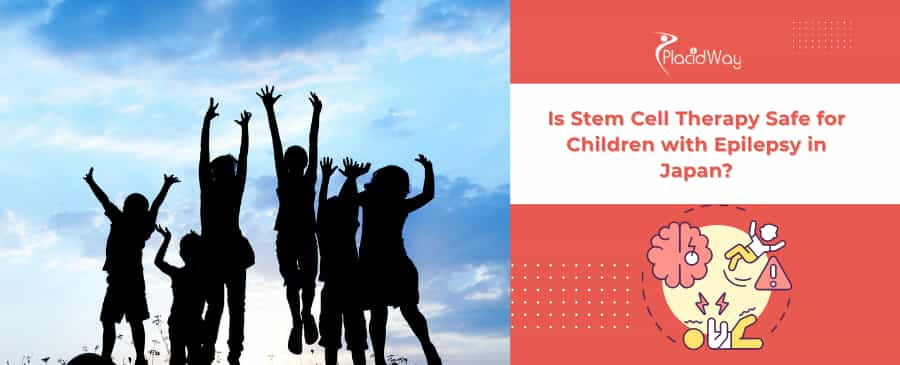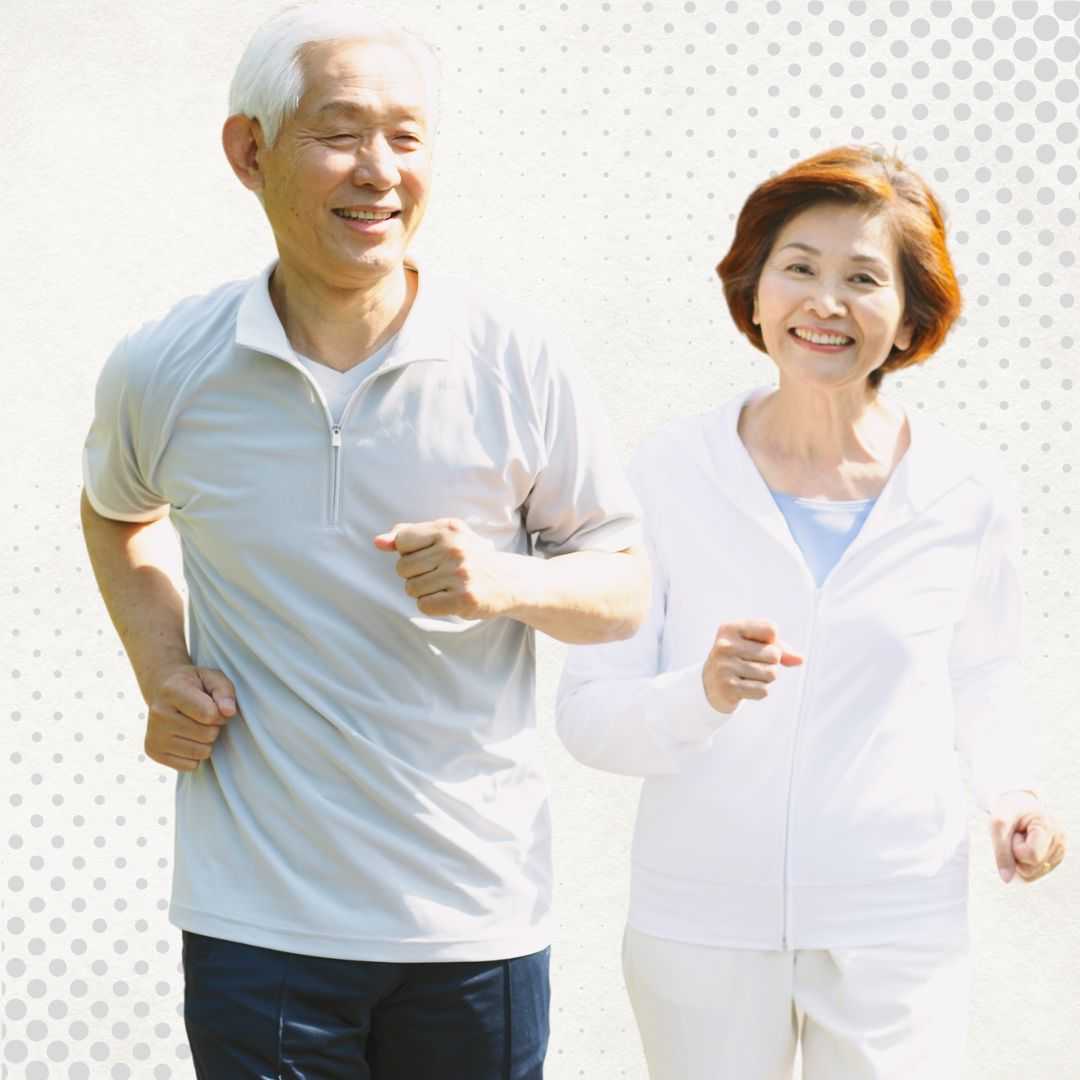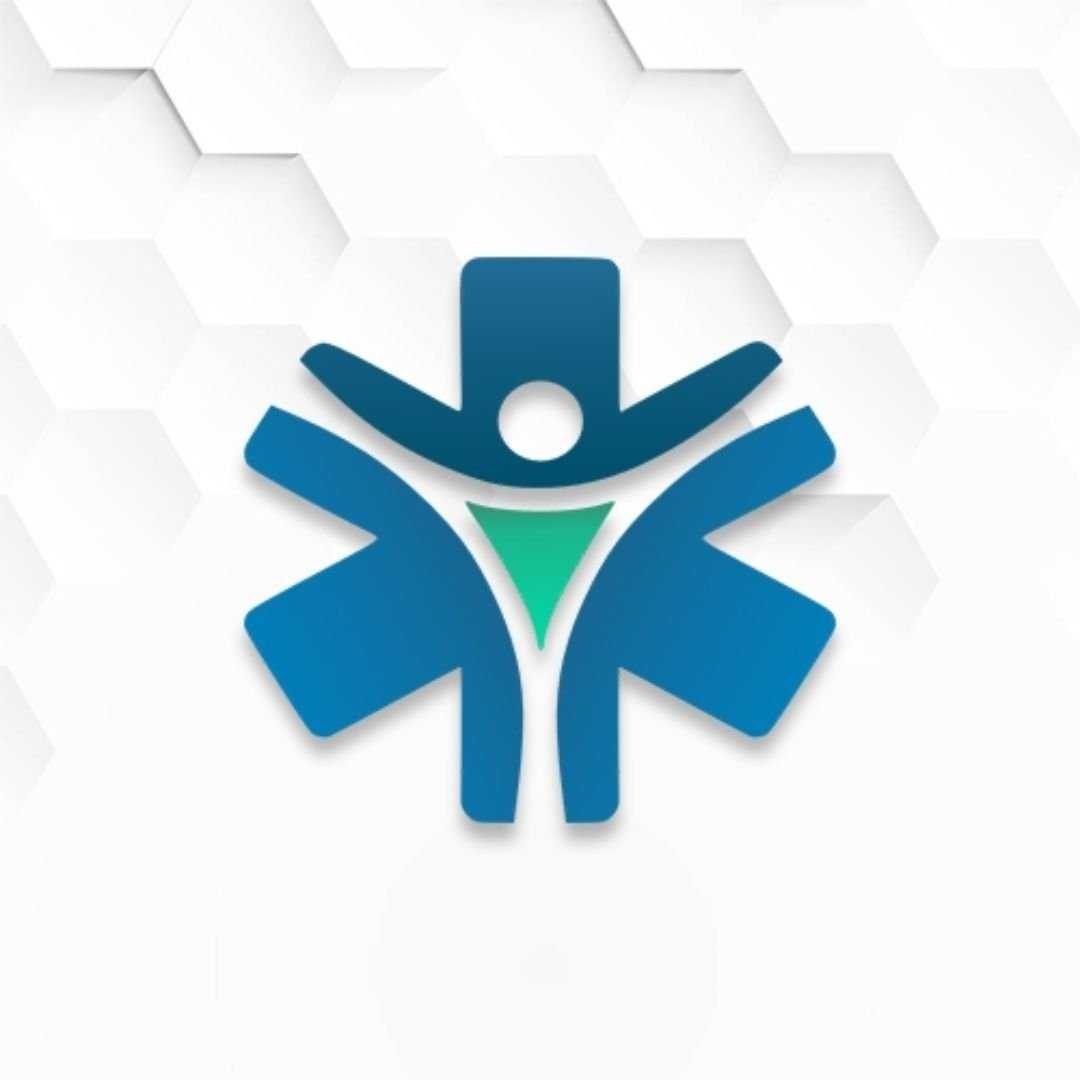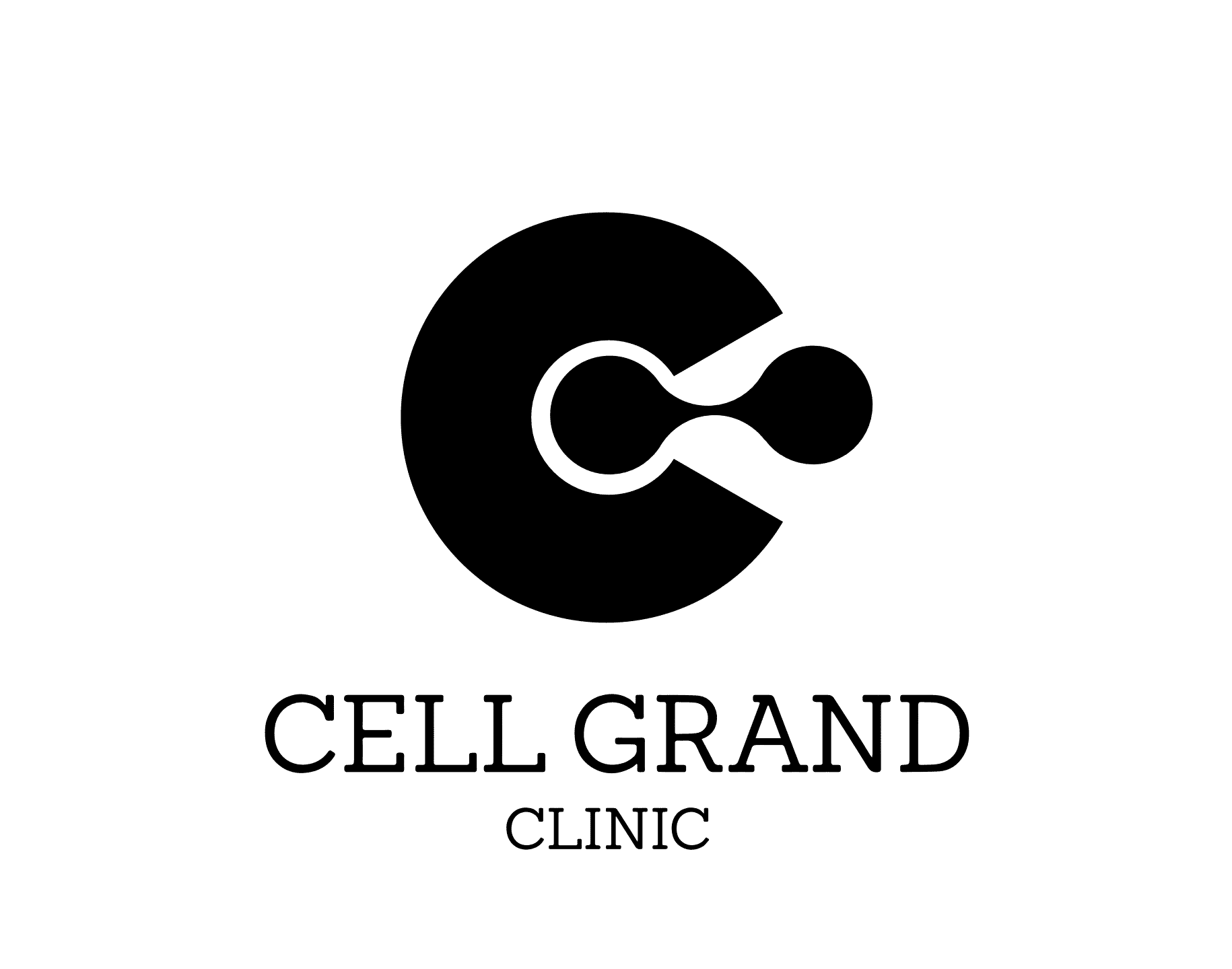Stem Cell Therapy for Children with Epilepsy in Japan

When your child has epilepsy, especially a form that doesn't respond well to standard medications, you'd go to the ends of the earth to find something that helps. I get it. The journey can feel isolating and overwhelming. You've probably heard whispers or read articles about stem cell therapy, particularly in Japan, and a mix of hope and fear is perfectly normal. Is it a miracle cure? Is it safe? These are the questions that keep you up at night.
Let's talk about it, parent to parent, with no confusing jargon. Japan is a world leader in regenerative medicine. This is because their government created special rules that allow new treatments, like stem cell therapy, to be offered to patients faster than in many other countries. This is incredibly exciting, but it also means we need to be extra careful in understanding what "approved" really means and what the potential risks are.
This post is here to walk you through it. We're going to break down the most common questions you're probably searching for at 2 AM. We'll look at the safety, the process, the costs, and what Japanese regulations mean for your family. The goal isn't to tell you what to do, but to give you clear, expert-backed information so you can feel more confident in your next steps. Let's explore this together.
What is stem cell therapy for epilepsy?
Think of your child's brain as a complex electrical grid. In epilepsy, some of this grid's wiring is faulty, causing electrical "storms" – or seizures. Traditional medications try to dampen these storms, but they don't fix the wiring. Stem cell therapy is a form of regenerative medicine that attempts to address the underlying problem.
These remarkable cells have two main potential jobs in treating epilepsy:
- Replacing Damaged Cells: Some stem cells can be guided to become new, healthy neurons, potentially replacing the ones that are damaged or not working correctly in the epileptic focus.
- Healing and Protecting: This is perhaps the most important function. Many stem cells, particularly Mesenchymal Stem Cells (MSCs), act like tiny, on-site paramedics. They don't necessarily become new brain cells, but they release powerful anti-inflammatory, neuroprotective, and healing factors. They calm the "storm" at its source and help protect the existing brain cells from further damage.
For a child with drug-resistant epilepsy, this therapy offers a completely different approach, moving from just managing symptoms to potentially healing the source of the problem.
Is stem cell therapy for children with epilepsy actually available in Japan?
This is the main reason Japan is so often in the news for stem cell treatments. In 2014, their government passed groundbreaking laws to accelerate the path of regenerative medicine from the lab to the patient.
Unlike in places like the U.S. or Europe, which often require many years and multiple large-scale trials *before* a treatment is available, Japan's system allows for "conditional approval." If a therapy shows promising safety and potential efficacy in early, smaller studies, it can be offered to paying patients at approved clinics. The clinics must continue to collect data on their patients' outcomes, but the treatment is accessible much, much sooner. This makes Japan a global hub for medical innovation, attracting patients from all over the world.
So, is stem cell therapy safe for children with epilepsy in Japan?
This is the most important question, and the answer is complex. It's not a simple "yes" or "no." The types of stem cells most commonly used in Japanese clinics for neurological conditions are Mesenchymal Stem Cells (MSCs). These are "adult" stem cells, often taken from the patient's own fat tissue (autologous), which means the risk of immune rejection is virtually zero.
In multiple early-phase clinical trials (not just for epilepsy, but for similar conditions), MSCs have shown a "favorable safety profile." This means they are generally well-tolerated. However, this is not the same as being "risk-free." Any medical procedure, especially one involving the brain and cell transplantation, has potential risks. Because of Japan's accelerated system, the treatments offered may not have the same volume of long-term safety data you'd find for a drug that's been on the market for 20 years.
What are the potential risks of stem cell therapy for epilepsy?
It's crucial to have an open-eyed view of the potential downsides. While many clinics report a good safety record, the risks can be broken down into a few categories:
- Procedure Risks: Any time you collect or inject cells, there's a small risk of infection, bleeding, or pain at the site. The method of administration (e.g., a simple IV vs. a more invasive injection) will have different risk levels.
- Cell-Related Risks: There's a risk the cells won't "take" or won't have the desired effect. In the worst-case, unproven or poorly regulated clinics might use the wrong type of cells. This is why choosing a government-approved clinic is non-negotiable.
- Long-Term Risks: This is the biggest unknown. The primary concern with any stem cell therapy is the long-term risk of the cells changing or forming tumors. It's important to note that this risk is considered **very low** for MSCs, but it's a key reason why these therapies are still studied so closely.
- Travel Risks: Traveling for medical care, especially with a sick child, adds its own layer of stress and risk. You're away from your local support system and medical team.
How much does stem cell therapy for pediatric epilepsy cost in Japan?
This is a major factor for almost every family, especially because these treatments are **not covered by insurance**. Because the treatments are tailored to the patient and the clinics are private, exact prices are rarely listed online. You will almost always need a formal consultation to get a quote.
To give you a realistic idea, costs are influenced by:
- The specific type and source of stem cells (e.g., from fat, bone marrow, or a donor).
- The number of cells needed and the number of treatment sessions.
- The method of administration (a simple IV drip is less expensive than a direct surgical injection).
- The clinic's reputation and overhead.
Here is a *hypothetical* cost comparison table based on general estimates for regenerative medicine. These are **not exact quotes** but are meant to help you budget.
Estimated Cost Comparison: Stem Cell Therapy (Neurological)
| Treatment Aspect | Lower-End Estimate (e.g., Single IV Session) | Higher-End Estimate (e.g., Multiple/Complex Injections) | What's Likely Included |
|---|---|---|---|
| Initial Consultation & Scans | $500 - $1,500 | $1,500 - $3,000 | Doctor's consultation, MRIs, blood work. |
| Cell Harvesting & Processing | $5,000 - $8,000 | $10,000 - $15,000 | Procedure to collect fat/marrow, lab work to isolate and culture-expand cells. |
| Cell Administration | $5,000 - $10,000 | $15,000 - $30,000+ | The cost of the cells and the procedure to re-infuse/inject them. |
| Total Estimated Range | $10,500 - $19,500 | $26,500 - $48,000+ | Does *not* include travel, accommodation, or follow-up care. |
What types of stem cells are used for epilepsy in Japan?
You'll hear a few acronyms, so let's clarify them. The treatments you can *get* are likely one of these:
- Autologous Adipose-Derived MSCs: This is a very common method. "Autologous" means they come from your child's own body. "Adipose-Derived" means they are taken from a small sample of fat tissue (a minor procedure). They are then grown in a lab for several weeks to get millions of cells and re-infused, often by IV.
- Autologous Bone Marrow-Derived MSCs: Similar to the above, but the cells are collected from bone marrow instead of fat.
You may also read about iPSCs (Induced Pluripotent Stem Cells). Japan is a world pioneer in this technology (a Japanese researcher won the Nobel Prize for it). These are cells taken from skin or blood and "reprogrammed" back into a blank-slate stem cell, which can then become *any* cell type. For epilepsy, iPSCs are incredibly powerful for *research*—scientists can create a "disease in a dish" to study your child's specific form of epilepsy and test drugs. However, they are less common for direct *treatment* in clinics right now due to their complexity.
What is the success rate of stem cell therapy for epilepsy?
This is the hopeful part. While we must be cautious about "cures," the early data is encouraging. It's important to look at data from formal clinical trials (even if from other countries) as they are more reliable than individual clinic testimonials.
In a 2023 update from a U.S.-based trial for drug-resistant epilepsy, the first two patients treated with a specific type of stem-cell-derived inhibitory neurons (NRTX-1001) saw their monthly seizure frequency drop by over 90%. One patient was seizure-free for a time. This is remarkable and shows the therapy's incredible potential.
However, "success" is not guaranteed. Some patients may see a dramatic reduction in seizures, some may see a moderate reduction, and some may see no change at all. It is not a silver bullet, but a very promising new tool.
How do I find a reputable stem cell clinic in Japan?
This is your most important piece of homework. Do not, under any circumstances, go to a clinic that is not officially approved by the MHLW. A legitimate clinic will be able::
- Provide you with their official MHLW approval number.
- Clearly explain which "Type" of regenerative medicine they are approved for.
- Be transparent about the type of cells (MSCs, adipose-derived, etc.), the source (autologous/donor), and the administration method.
- Provide a detailed treatment plan, including risks.
- Explain that the treatment is experimental and that they are required to collect your child's data as part of the conditional approval.
Be wary of any clinic that promises a "cure," guarantees results, or doesn't want to share their credentials.
What questions should I ask a Japanese stem cell clinic?
This is your consultation checklist. Don't be afraid to be a persistent, informed parent.
- Approval: "Are you approved by the MHLW for this specific treatment? May I see your approval documentation?"
- Cells: "What exact type of stem cells will you use? (MSCs, etc.)"
- Source: "Where will the cells come from? My child's own fat/marrow (autologous) or a donor (allogeneic)?"
- Procedure: "How will you administer the cells? An IV drip? An intrathecal injection (into the spinal fluid)? A direct brain injection?" (This is crucial, as risks and costs vary wildly.)
- Dose: "How many cells will be in each treatment, and how many treatments do you recommend?"
- Risks: "What are all the potential short-term and long-term side effects and risks for *this* specific procedure?"
- Data: "What success have you seen in other children with a similar type of epilepsy? Can you share your anonymized safety and efficacy data?"
- Follow-up: "What is the follow-up process? What data will you collect, and for how long?"
- Cost: "Can I have a fully itemized quote for the entire process, including follow-ups?"
Ready to Explore Your Options?
Navigating the world of advanced medical treatment can be complex. If you're considering medical tourism for epilepsy or any other condition, let PlacidWay be your guide. We connect patients with a global network of accredited clinics and hospitals.


.png)













Share this listing